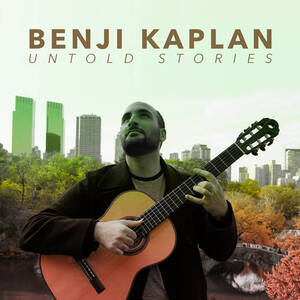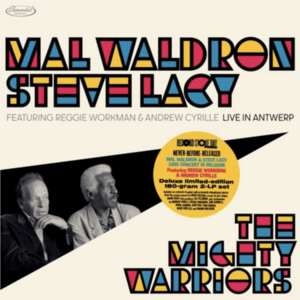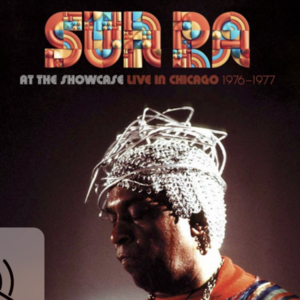
Pentecostal
UCF Conservatory Theater, Orlando FL
By David Edgar Directed by Christopher Niess
Starring Ana Medina Martinez and Andy Hansen
Inside this three-hour death march there is a decent 90-minute play yearning to be free. We begin in an ill-defined town with no name in an area prone to war. Shakespeare referred to this area as the “Coast of Illyria;” we now read that as Bosnia. Or Croatia, or Serbia or some other principality whose most noteworthy characteristic is boarder fluidity. Sometime in the late 1980’s, give or take a revolution, modern art historian Oliver Davenport (Hansen) is asked to consider the provenance of a church painting hidden behind a Soviet propaganda image. Discovered by local art historian Ms. Pecs (Martinez), the painting in question is an even earlier propaganda piece for Christianity; it may or may not have predated Giotto’s innovative use of realism in the early 1300’s. His three-dimensionality signaled a shift from medieval hierarchical image arrangement to the more realistic single point perspective we rely on today. If it’s real, it’s worth a fortune, and if not it’s just another boring painting.
Cross currents abound: are any of these medieval principalities’ governments still functional in the late 20th century? More to the point: can they be trusted with this treasure if it’s real? Mr. Czaba (Daniel Romano), minister of culture states clearly: “Our industrial base is a junk yard and our currency is confetti.” American thorn in the side art critic Leo Katz (Jonathan Montes) might be raising a valid artistic issue about the authenticity of the picture, but he might be a Zionist pawn in a land notorious for killing Jews. In act two stateless terrorists threatened to kill everyone in exchange for permanent resident status in a country that won’t kill them on a whim, assuming such a place exists. They are willing to kill in exchange for a kabob stand, and this painting means nothing to them. It is a true vexation to everyone involved.
How to approach this monster is a challenge. Act two is filled with heartbreaking stories of the rejected and unloved told in long speeches of Russian, Hindi, and a half dozen languages unfamiliar to the Western Ear. They occupy long stretches of stage time and raise the question: “What am I to make of a lecture I can’t begin to understand? And am I giving that same lecture to a supplicant to my world?”
The climatic ending recalls a botched Russian attempt in 2002 to free a cinema in Moscow from Chechen rebels. Nearly everyone died from the gas used to subdue the terrorists. Here the refugees negotiate for salvation, and half of them find sanctuary. But just as in Christianity not everyone makes the grade, some don’t, and their option is a bus trip back to where they came from. The ins and outs of Art preservation and art salvation are equally murky; by final curtain Davenport offers a revisionist interpretation of early renaissance art technicalities but by then the painting is gone. What can I advise to the potential tourist to this fraught landscape? If you love your safe European home, this show is not for you. If you have a weak bladder or a short attention span, cut the fluids and sneak off at intermission like the coward you are. But if you are willing to fight the good fight, if you believe all refugees deserve a chance at that kabob stand, if you think art is just a bourgeoise construct, you should stick around for the post show discussion. This is not a show you are ever going to see in your theatrical career again in this town.












